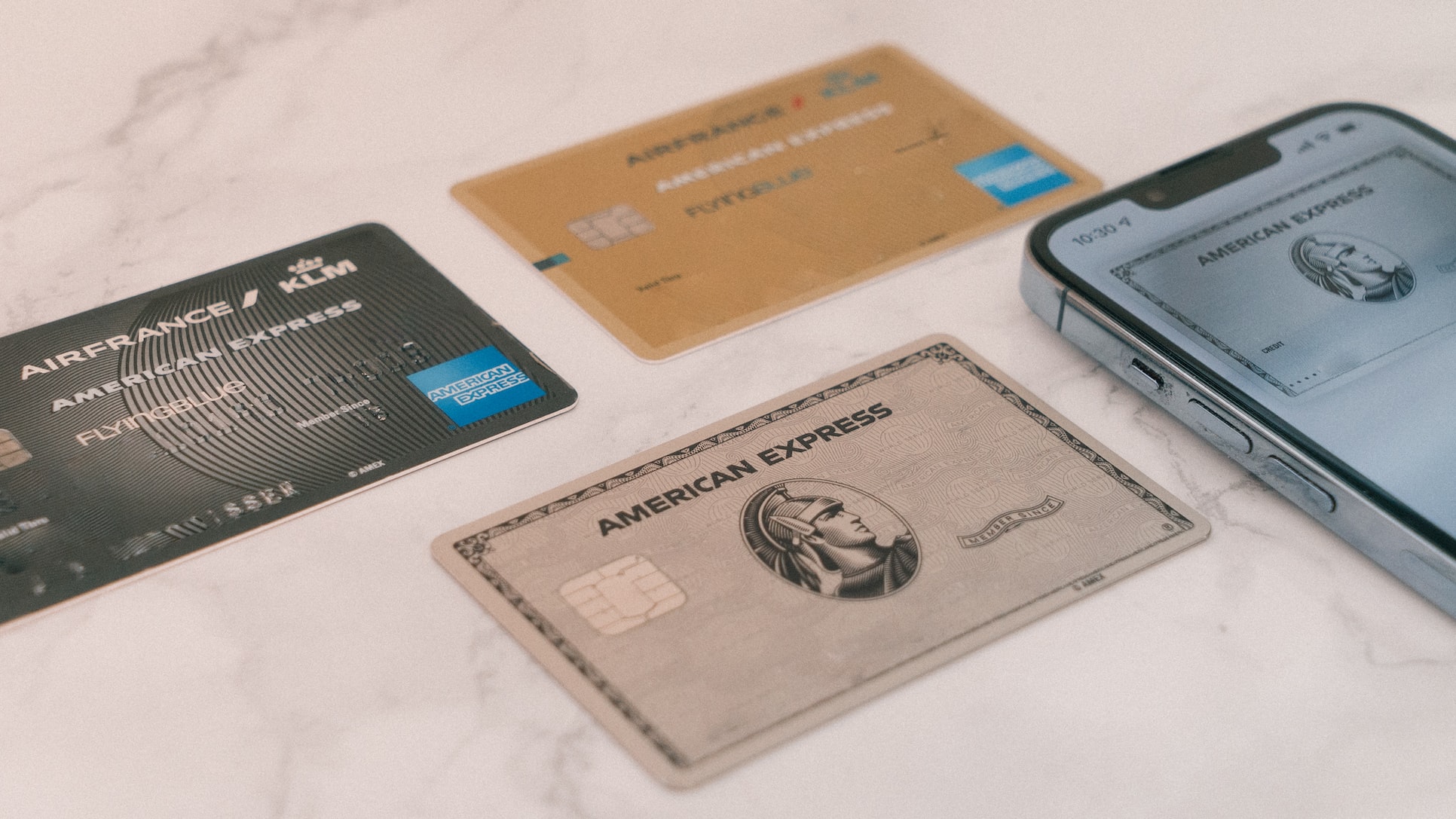How to Pay for Pet Care in an Emergency
Key Takeaways
- Emergency pet care is costly, often exceeding $1,000, making financial preparedness essential
- Pet insurance, wellness plans, and savings funds can offset high veterinary costs and provide peace of mind
- Personal loans and credit options offer flexible funding but come with interest rates and credit implications
- Assistance programs, payment plans, and crowdfunding can help bridge financial gaps during pet emergencies
- Preventative care and open communication with vets can reduce costs and avoid emergencies altogether

Emergency pet care can easily cost over a thousand dollars, posing a financial challenge. Failing to pay for the vet bills can result in subpar urgent care for your beloved pet. This makes it essential to be financially prepared for pet emergencies and aware of financing options.
Let’s go over the best ways of paying for emergency pet care, including pet insurance, wellness plans, credit options, and personal loans.
Understanding the costs
Here is a breakdown of common pet care expenses and their average costs.
- Emergency surgery: $1,500 to $5000
- Surgery for severe trauma: $2,000 to $10,000
- Hospitalization/overnight stays: $1,500
- Emergency exams and tests: $150
- Pet poison control phone call: $75
- CT/MRI scans: $1,500 to $3,500
Because of the high costs you might need to pay, it’s important to get a clear estimate from veterinarians so you know what bills to expect. The cost can vary greatly depending on your unique situation.
Pet care expenses often vary based on:
- Type of pet
- Severity of condition
- Time of day
- Location
- If extra diagnostic tests and medications are needed
- Pet insurance
- Veterinary clinic and animal hospital policies

Pet insurance
Pet health insurance requires policyholders to pay a monthly or annual premium in return for coverage of designated veterinarian bills. Similar to human health insurance, policy details and coverage will vary based on the pet insurance policy you’ve chosen.
Pet insurance costs vary based on pet age, species, breed, level of coverage, and other factors. Many insurers also offer add-ons you can choose to personalize your pet insurance policy.
Types of pet insurance
Wellness and preventative care plan: This kind of plan offers coverage for routine care and pet wellness needs, such as flea treatments, spaying/neutering, and pet immunizations.
Accident only plans: This kind of plan only covers accidents involving your pet, such as car collisions, broken bones, lacerations, animal bites, and swallowing foreign objects.
Comprehensive plan: This kind of policy provides broader coverage but will be more expensive. Both accidents and illnesses can be covered by the plan. Commonly covered illnesses include cancer, infections, arthritis, breed-specific conditions, hereditary conditions, and allergies.
Benefits of pet insurance
- Enjoy more freedom in choosing licensed vets
- Customize your insurance coverage to suit your pet’s individual needs
- Receive the best possible care for your pet without high upfront financial costs
- Get a significant portion of your pet bills covered
- Have peace of mind
- Feel comfortable about going for regular vet visits
- Few or no breed/age restrictions
Disadvantages of pet insurance
- You need to pay a premium even if you don’t file any claims in a year
- Every policy has various pet care expenses that are excluded
- Most insurance comes with deductibles and co-payments
- Monthly premiums can drain your savings
- Pet insurance usually doesn’t cover pre-existing conditions
- Insurance doesn’t cover 100 percent of a covered expense
- May have waiting periods before insurance kicks in
- Policies have annual limits
- Cumbersome claims process
- Relatively slow reimbursement
- Premium increases over time
As you can see, there are plenty of pros and cons to purchasing pet insurance. Whether it’s the right choice for you depends on your financial needs, goals, as well as your pet’s situation.

Wellness plans
A pet wellness plan helps cover a portion of your actual veterinary bills throughout a year. This is different from a pet insurance policy, which requires you to pay a premium regardless of whether you file insurance claims.
Wellness plans usually cover the following:
- Wellness exams
- Pet immunizations
- Parasite prevention
- Annual blood testing
- Other routine veterinary services
The main benefit of a wellness plan for pets is that you don’t usually need to pay a premium. Instead, you might be expected to pay a single annual fee.
Many wellness plans also include discounts on other pet services and products. This can help you save more money in the long run on procedures and medications that are beneficial to your pet.
Note that wellness plans usually don’t cover accidents. If you’re worried about accidents and unexpected illnesses, you might want to buy a separate pet insurance policy for increased peace of mind and coverage. Not all veterinarians allow you to use a wellness plan at their clinics.
Other than coverage restrictions and limitations, obtaining a wellness plan for your pet also means signing a contract for a certain duration (usually a year). Make sure that you’re fully aware of the wellness plan terms and conditions before you commit to the contract.
Savings and emergency funds
A dedicated pet emergency fund can help you pay for urgent pet care when needed without forcing you to dip into your usual savings or emergency fund.
To plan for an emergency pet fund, it’s a good idea to first research common emergencies for your pet’s species. For example, rabbit owners might want to watch for signs of GI stasis, whereas dog owners should be wary of difficulty breathing and seizures.
Next, find out the expected costs of these common pet emergencies. This will give you a clearer idea of how much you should ideally save for your pet emergency fund.

Payment plans
Many vets and clinics offer financing arrangements and installment plans to those who face financial difficulties but need pet care. There are numerous types of payment plans for veterinary care, which may be offered directly at your veterinary clinic. If you’re curious about whether you’re eligible for a payment plan or bundle, ask your pet care provider for more information.
Here are some of the most common types of payment plans available for pet treatments:
- In-house payment plans at veterinary clinics
- Third party financing
- Pet insurance
- Personal loans
- Credit cards
- Charities and non-profit organizations
If you decide to choose a payment plan for pet care, make sure that you thoroughly review the terms and conditions of any contractual agreement. Note down the interest rate, fees, requirements, and what would happen if you breached the agreement.
If you urgently need funds, be wary of predatory lending and financing practices that are used. Common red flags include:
- Guaranteeing funding no matter what
- Terms that are too good to be true
- Fees hidden in the fine print
- Unclear terms and creditors who dodge questions

Credit and loan options
For pet owners that need to bridge the gap in their pet insurance and wellness plan coverage, other financing methods may be beneficial. Here are the most popular credit and loan options chosen by pet owners for emergency pet care expenses.
Personal loans
If a lender approves your personal loan application, you will receive a lump sum fund disbursed directly into your bank account, which you can then use for your pet bills. Over the life of the loan, you can expect to repay the debt plus interest through fixed monthly installments. The terms and rates of your personal loan are mainly influenced by two factors: your credit score and your financial stability.
Personal loans can be a flexible, quick way to procure the funds that you need for your pet care. Some lenders even offer same-day approval loans, making personal loan funds a potentially great option for those facing emergency pet expenses.
Most personal loans are unsecured, which means you don’t need to offer assets as collateral. However, if you have a low credit score, a secured personal loan might be easier to obtain.
If you have good to excellent credit, lenders are more likely to give you favorable loan terms and less strict conditions. This means lower interest rates and more flexible loan terms. As you repay the loan consistently and on time, you can establish better credit. However, missing a loan payment can lead to credit damage and late fees.
Before choosing a personal loan, make sure you consider:
- The personal loan loan interest rate
- Annual percentage rate (APR)
- Loan amount
- Loan provider reputation
- Origination fee
- Late payment fee
- Prepayment fee for if you pay the loan off early
- The impact on your credit score
Credit cards
While credit cards are a convenient way to pay for pet bills using credit, they’re not typically recommended for expensive bills. Having a high credit card balance negatively affects your credit score, which can make it harder to receive credit extensions and loans in the future. In addition, credit cards have high interest rates that can result in rapidly accumulating balances.
If you can obtain low or zero interest promotional credit cards, they can be a good way to pay for expensive pet care costs. However, be wary of high-interest credit cards that can lead to a credit card debt spiral.
Pet care credit financing
CareCredit is a type of healthcare credit card that helps individuals and families pay for health expenses that aren’t fully covered by their primary health insurance. CareCredit also offers animal healthcare that is specifically meant for pet care. You will be able to use the CareCredit and Pets Best for your veterinary care costs.
With a CareCredit card, you can use the dedicated line of credit for all of your pet care related expenses and take advantage of numerous financing options, such as pay-over-time. You can also customize a plan that better suits your pet and financial needs.

Assistance programs and charities
Research national and local pet assistance programs to learn more about how to apply and what to expect. If you explain why you need funds to afford pet care, these programs may be able to offer valuable financial assistance to you.
Veterinary colleges near you may also be happy to help you with any life-saving pet care. After describing your pet’s symptoms, the veterinarians in training can decide whether they can help.
Crowdfunding
Sometimes, crowdfunding can be a viable method of financing emergency pet bills. To set up an effective campaign, here are a few tips to keep in mind:
- Tell a compelling story of you and your pet
- Clearly explain what the donations will be used for
- Choose a suitable online platform, like GoFundMe and Kickstarter
Negotiating with veterinary clinics
If you contact your veterinary clinic to tell them about your financial needs, you might be able to negotiate better deals or terms. Ask about discounts, deals, and sliding scale fees.
Practicing open communication about your financial constraints with your veterinary clinic may be able to reduce your overall pet care expenses. Many vets and clinics are sympathetic, willing to listen and find a suitable compromise. This may be especially the case for pet emergencies, such as seizures, infections, broken bones, and life-threatening diseases.

Prevention and preparation
Regular check-ups at the vet are an essential part of any pet’s health. These check-ups may involve physical exams, vaccinations, and other routine preventative care. Make sure that you’re familiar with what vaccinations are necessary for your pet.
By taking action to prevent pet sickness and injury, you can reduce the chances of emergencies and maintain better pet health. It’s also a great idea for pet owners to invest in pet training and safety measures. Quality pet training and safety precautions can make a huge difference in keeping your pet safe from harm.
Different pets benefit from different types of safety measures and immunizations. Common core vaccines include ones for rabies, canine hepatitis, tetanus, and cat flu.
Make sure you take the time to research what types of options best suit your pet’s unique needs and circumstances. Pre-existing and hereditary conditions play a large role in terms of what a pet needs in order to stay happy and healthy, so a comprehensive check-up for your pet can go a long way.
Edited by:
Bryan Huynh
•
Product Tester & Writer



































































































